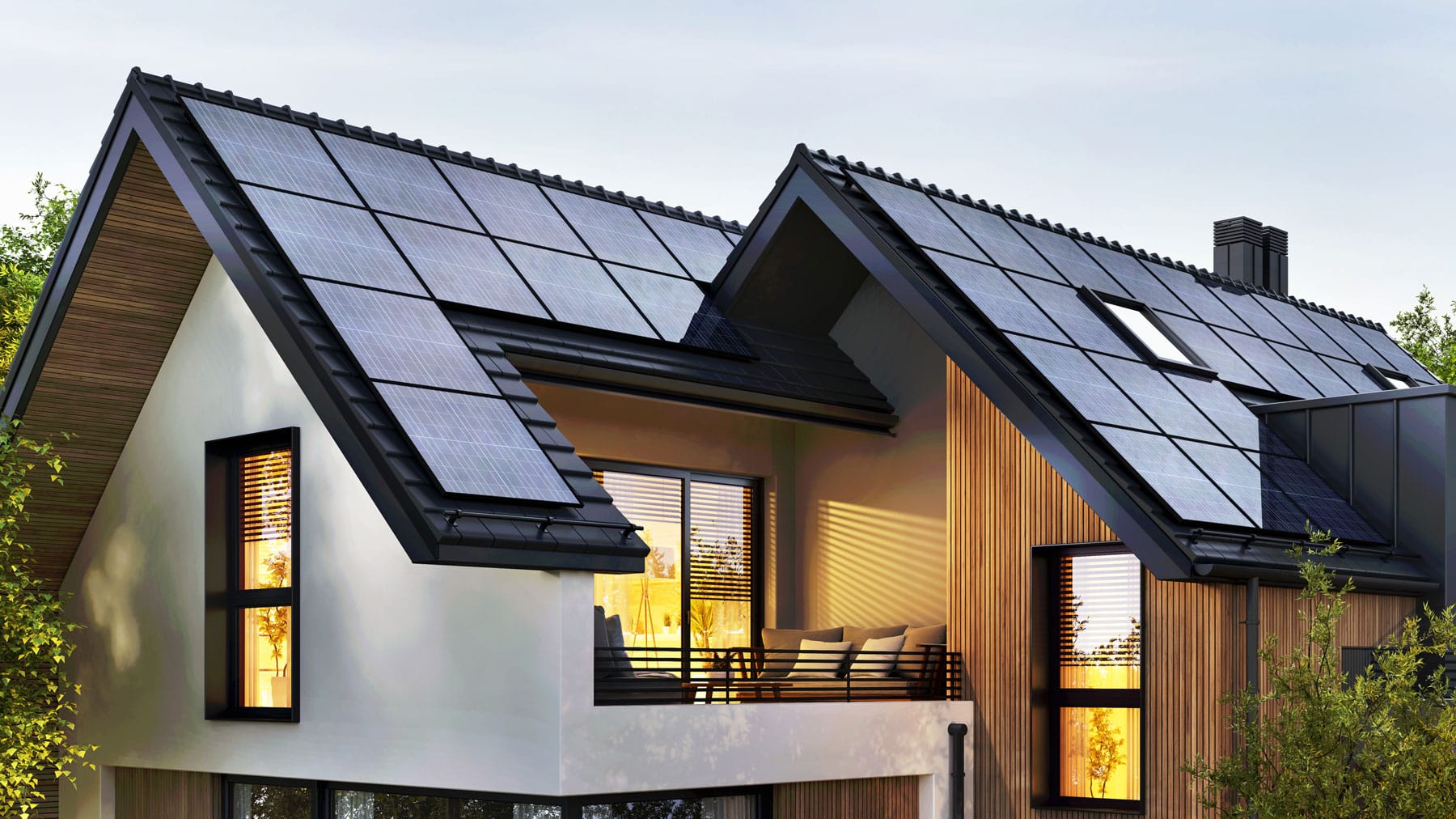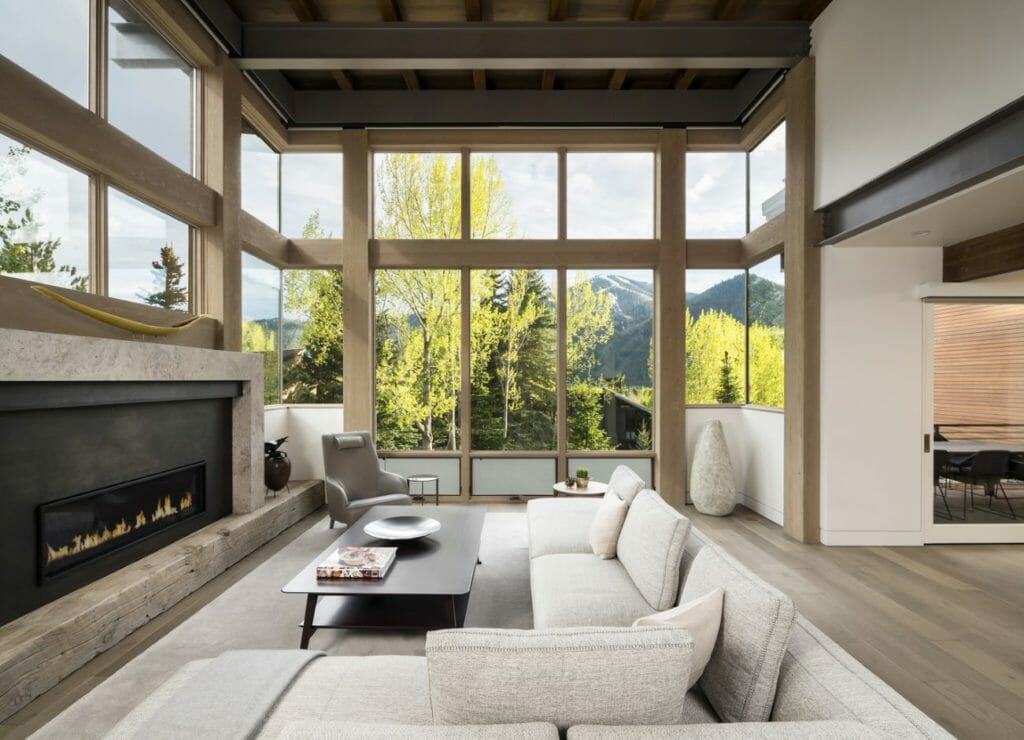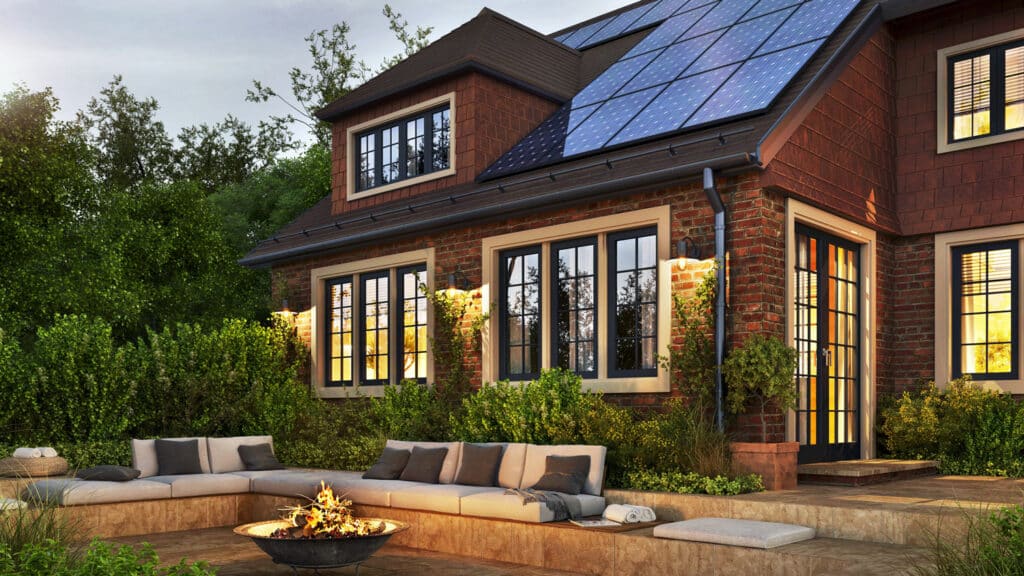Salt Lake City is a valley that experiences all four seasons at their fullest—crisp autumns, harsh winters, tender springs, and strong summers. Seasons like summer and spring see abundant sunlight, which opens the door to opportunities for renewable energy like solar.
As a LEED-certified architectural firm, Think Architecture is committed to sustainable architecture that will not only stand for generations to come but also reduce carbon emissions and produce cleaner energy for those in the present. With Utah’s dry climate, solar is an obvious solution to energy efficiency.
The Think Architecture Approach
Think Architecture utilizes passive solar design principles to increase energy efficiency. Passive solar means maximizing the advantages of solar energy that are already available and integrating its design seamlessly into a house’s structure. It utilizes the sun’s energy, then stores and conserves it to create a net-zero living space.
Passive solar design principles include:
- Energy conservation – Adjusting insulation levels and air infiltration and utilizing energy-efficient appliances.
- Suntempering – Increasing the area of south-facing windows and relocating windows without changing thermal mass.
- Solar architecture – Collecting heat through south-facing windows and distributing that heat through thermal mass.
- Natural cooling – Controlling and designing air movement to cool the house naturally.
Think Architecture has already created net-zero home projects that use the above mentioned methods.
Architectural Strategies
The key passive solar building design strategy is south-facing windows—preferably within five degrees of true south. In Utah, the side of your house will see the most sunlight daily due to the state’s position on the equator. If it were south of the equator, windows would need to be on the north side. This process is also referred to as passive solar heating.
Once the home has natural heat and light from the sun, certain interior measures must be taken to distribute the energy evenly. First, exterior walls are usually insulated from a more robust material like concrete, brick, tile, or even water. The denser the insulation material, the better the heat retention. The density also helps reduce outside noise to make your home quieter and more comfortable.
Think Architecture’s Impact
Think Architecture has a history of successful, quantifiable projects. Explore our portfolio to see samples of the hundreds of projects we’ve worked on. We strive to implement green building practices in all our projects, per our commitment to sustainability. We take our environmental impact seriously and pride ourselves on our innovation.
Additionally, we love seeing our clients and customers save energy on utilities long after they move in. Net-zero homes we can build can help save customers up to 90% on their energy bills.
Overcoming Challenges
There are many misconceptions about building net-zero homes, particularly solar energy. Some believe that solar energy can only be used when the sun is shining, and that’s not true. Solar energy can be stored in batteries when the sun isn’t shining. There are also rumors that solar energy isn’t that effective, and that isn’t true either. When solar energy is grouped with other methods of climate-responsive architecture like passive solar design, solar energy is highly effective.
The United States government has also initiated subsidies and financial support for homes that utilize renewable energy. In 2008, the Department of Energy (DOE) launched the Zero Energy Ready Home program to provide a path for homes to be built to offset nonrenewable energy with renewable energy. Other legislation has occurred since then, making renewable energy even more accessible and affordable.
Future Trends
In the near future, we’ll see many more homes adopting energy-efficient practices like passive solar heating, energy-efficient appliances, and more. People continue to innovate and invent new ways to conserve energy for themselves and future generations. Alongside them, Think Architecture will continue thinking outside the box to produce ways to create more energy-efficient homes.
What Next?
As a LEED-certified architectural firm, Think Architecture sets the standard for climate-responsive design and architecture. We invite all those in Salt Lake City and those in the surrounding areas to consider shifting toward innovative and eco-friendly approaches to architecture. Together, we can create a more sustainable future that doesn’t compromise on style or comfort.
Looking to create your own net-zero home? Contact us, and let us make your vision a reality.




